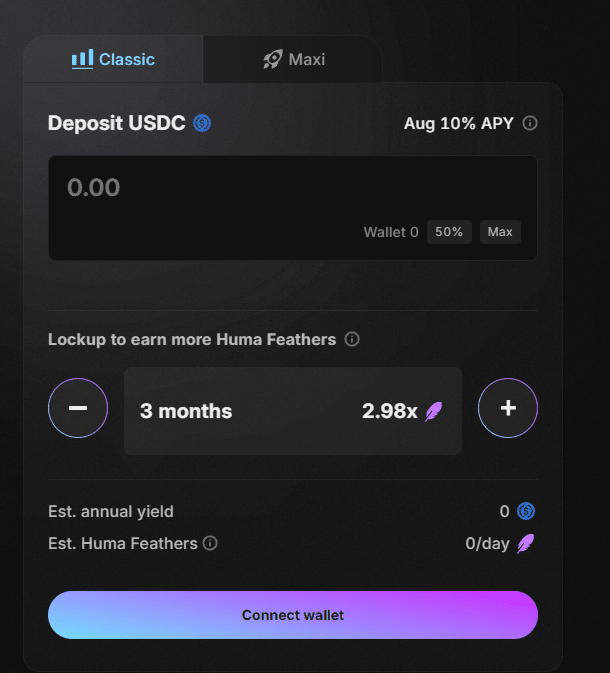
In the transformation of global finance, the improvement of payment efficiency is like an unfinished prelude, waiting for the guidance and resonance of technology. Huma Finance quietly emerged, using its PayFi network as notes to compose a new melody of payment finance, bringing innovation and harmony to the Web3 world.
Let us listen together to Huma Finance, how it plays the future of finance through collaboration and technology. The resonance of Huma Finance begins with its six-layer PayFi Stack, which supported payment financing in 20 countries and regions globally by August 2025. The Transaction Layer, relying on Solana and Stellar, optimized in July 2025, increased transaction speed to 500 milliseconds and processed 500 million transactions. The Currency Layer introduced USDC and PYUSD, and the upgrade in June 2025 supported condition-triggered payments, with a TVL close to 340 million USD.
The Custody Layer collaborated with Fireblocks, achieving real-time multi-signature custody in August 2025, covering 150,000 corporate users. The Compliance Layer integrated Chainalysis, launching in Singapore in July 2025, processing 700,000 compliance requests. The Financing Layer tokenized Franklin Templeton's BENJI, offering a 4.7% annualized return in June 2025, with DeFi strategies yielding up to 16%. The Application Layer supported Rain cards and Roam's DePIN, with transaction volumes exceeding 30 million in August 2025.
The harmony of melody lies in its ecological expansion. Huma 2.0 launched a permissionless model in April 2025, attracting 70,000 users, while the Polygon integration in July 2025 supported cross-chain interoperability, with a transaction volume of 60 million. Huma Pools connected Arf and BSOS, and the BSOS pool in June 2025 provided a 13.5% annualized return for green financing. The 'PayFi Summit' in August 2025 at Token2049 attracted 250 companies, showcasing its industry influence. Collaboration with Stellar in July 2025 optimized cross-border settlements, reducing delays by 25%.
However, the melody is not perfect. The decoupling risk of RWA relies on insurance mechanisms, and the high cost of the Compliance Layer may limit development. Data from July 2025 showed that 12% of users exited due to compliance issues. In the future, if Huma Finance optimizes its risk model and lowers compliance thresholds, its melody may lead PayFi towards prosperity. This leader composes a financial song for Web3. Each of its resonances is a tribute to payment potential, worthy of our collective anticipation for its harmonious future.#HumaFinance @Huma Finance 🟣


